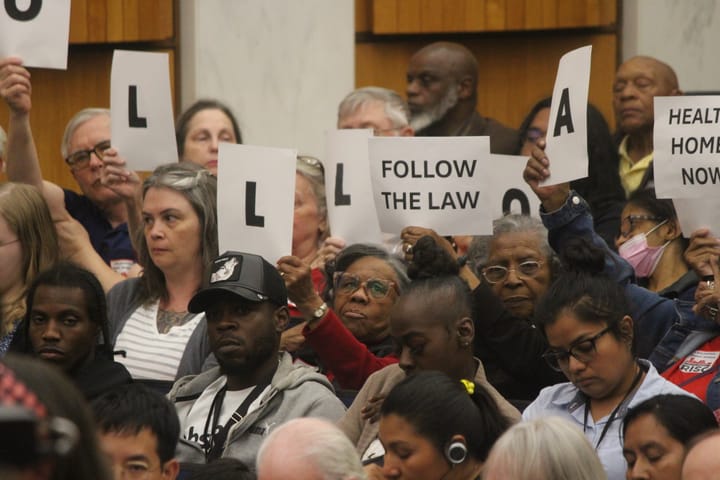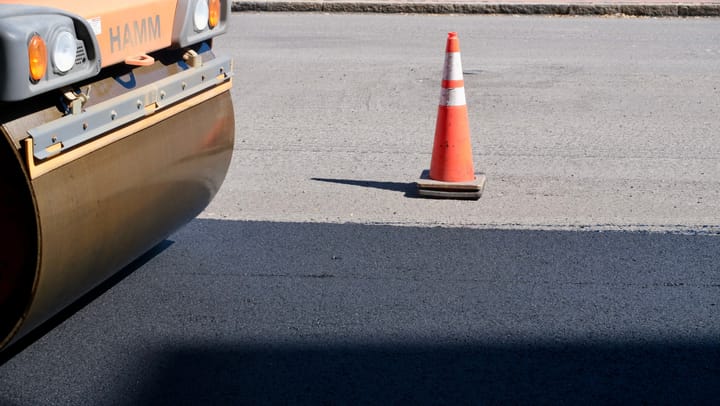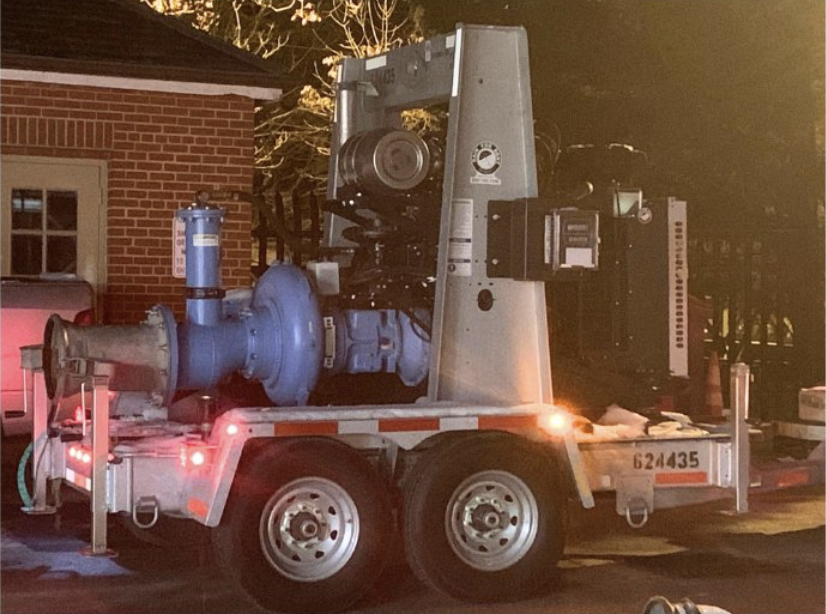
Pulse bus continues to beat rider projections as future growth is discussed
When Greater Richmond Transit Company (GRTC) officials started planning the Pulse bus line, they expected about 3,500 riders would use the service each day. As Richmond marked the line's sixth anniversary earlier this year, it has exceeded that projection by twice as much, averaging almost 7,000 riders a day.
The Pulse, GRTC’s rapid transit line, is the region’s most popular route. Transportation leaders and advocates credit it with making the city more accessible and shepherding in the boom of Broad Street over the past several years.
“There’s no denying that that Broad Street corridor, after 2018, exploded, even during and after the pandemic,” said Faith Walker, the executive director of advocacy group RVA Rapid Transit.
Now, GRTC is looking to expand the Pulse about four miles west, from its last stop at Willow Lawn out to Parham Road. Plans to create a second Pulse route, running north to south, are also in the works, as well as adding new articulated buses to increase capacity along the current route.
Wyatt Gordon, a transportation advocate who spent years writing about the issue in Richmond, said about a decade ago, Richmond was ranked one of the worst cities for public transit access in the country. Since then, it has improved – and Gordon credits the Pulse.
“Everyone believed it would be a failure,” Gordon said. “They thought it would just be an expensive boondoggle that wouldn’t deliver anything for the city.”
GRTC aims to complete the western extension around 2028, said Adrienne Torres, chief of staff at the GRTC. The North-South line, in its current form, would run 12 miles along the Chamberlayne Avenue corridor, through downtown, and out Hull Street, Belt Boulevard and the Midlothian Turnpike. Torres said that extension is tentatively planned to open around 2030.
Gordon believes the main challenge with the new line will be preserving affordability in communities along the route. While the first Pulse has greatly benefited Richmond, he said the city is still behind on other infrastructure improvements, like affordable housing.
“How do we make sure people are getting access to top-notch, client-friendly, totally free transportation without seeing their rents rise or being unable to afford the homes that they currently exist in?” Gordon asked.
Walker said the Pulse helps improve travel time – instead of stopping every two blocks like the rest of Richmond’s local routes, it allows riders to commute through the city faster. Currently, it could take riders almost two hours to get from the West End to the South Side – a North-South line could cut that to 30 minutes or less, she said. Improving transit times could encourage more people to leave their car at home, cutting down on traffic and emissions.
“A lot of people don’t use public transportation because of that factor,” Walker said. “Why would I get on the bus if it takes me so long to get from one side of the town to the next? I think having the speed, it will most likely change people’s habits.”
In August, GRTC voted unanimously to approve a new location for a 10-bay downtown transfer hub, across the street from its temporary one. GRTC is asking the city to build at 500 N. 10th St., the former site of the Public Safety Building. The development would also include apartments and retail space.
Like the first Pulse has done for Broad Street, Torres said the new transit hub and the North-South expansion could aid economic development in other areas.
“We’re hoping that bringing transit to it, but also bringing individuals to live there, will allow that to be a catalyst for other revitalization in the downtown area,” Torres said.
Walker said she’d like to see studies on how the Pulse has impacted Richmond’s economy and development as a tool to attract more investment for future projects.
That could, of course, vary with the outcome of the mayoral election. Gordon said none of the five candidates are running on a strategy to dismantle public transportation, so his “worst case scenario” is to continue the “autopilot” approach he describes Mayor Levar Stoney’s administration as having taken. One candidate, Andreas Addison, is on GRTC’s board.
While he’d like to see a more coordinated vision for public transportation in the region, Gordon said the Pulse’s current impacts shouldn’t be discounted.
“It’s a really, really huge success story that doesn’t get told about our city very much, and I think people in Richmond often don’t believe that we deserve or are capable of good things,” Gordon said. “I think the Pulse is a huge sign that that’s just not true.”






